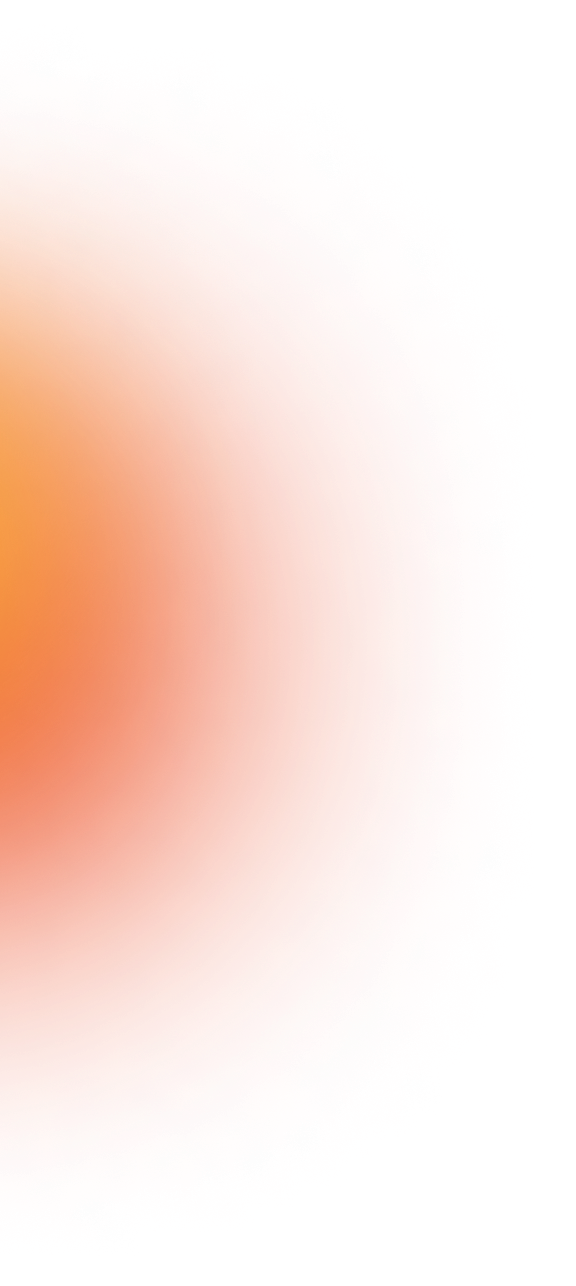
How AI Will Transform Web Design Workflow
4 minute read
Overview
In recent years, Artificial Intelligence (AI) has emerged as a powerful tool in web design, revolutionizing how we create websites. AI has transformed the design process from a manual, time-consuming task to a faster, more efficient, cost-effective approach. This article will explore how AI will transform web design workflow, covering more rapid prototyping, context-based image generation, feedback-based CSS adjustments, and JavaScript generation for common site functionality.
Introduction
The traditional web design process involves multiple stages of manual work, including wireframing, prototyping, and creating visual designs. Completing each step requires considerable time, effort, and resources, leading to increased development costs and longer time-to-market. However, with the advent of AI, designers can now automate some of these tasks, allowing them to focus on creative work and design strategy.
Faster Prototyping
AI is changing the way we prototype websites. Instead of manually creating wireframes and mockups, designers can now use AI-powered prototyping tools that generate designs based on pre-set parameters. AI algorithms can analyze the user’s preferences, behaviour, and historical data to create personalized designs that match their preferences. AI-powered prototyping also allows for faster iteration and testing. Designers can create multiple versions of the same design and test them in real time, allowing them to make quick and informed decisions based on user feedback. This fast feedback loop can lead to more rapid design iteration and shorter development cycles, reducing development costs and time-to-market.
Context-Based Image Generation
Choosing the right images for a website is a time-consuming task. However, with AI, designers can automate the process of image selection and cropping. In addition, AI algorithms can analyze the content and context of the website and generate relevant images that match the website’s theme and purpose. AI-powered image generation can also help designers create responsive designs that adapt to different screen sizes and devices. The algorithms can analyze the device’s screen size and generate images that fit perfectly, reducing the need for manual cropping and resizing.
Feedback-Based CSS Adjustments
Designers can now use AI-powered tools that automatically adjust CSS based on user feedback. AI algorithms can analyze user behaviour and interactions with the website and change the CSS accordingly. For example, suppose users scroll down quickly or click on certain buttons more frequently. In that case, the AI algorithm can adjust the website’s layout and design to improve the user experience. AI-powered feedback-based CSS adjustments can lead to better website performance and engagement. By analyzing user behaviour and making real-time adjustments, designers can improve website usability and increase conversions.
JavaScript Generation for Common Site Functionality
JavaScript is an essential component of modern websites, providing interactivity and functionality to users. However, writing and testing JavaScript can be a time-consuming task. With AI, designers can now automate the process of JavaScript generation, allowing them to focus on creative work and design strategy.
AI algorithms can analyze the website’s functionality and generate JavaScript code that matches the website’s needs. For example, snippets can include scroll-to-top buttons, drop-down menus, and modal windows. As a result, AI-powered JavaScript generation can lead to faster development cycles, increased productivity, and improved website functionality.
Conclusion
In conclusion, AI transforms the web design workflow by automating repetitive tasks, reducing development costs, and shortening time-to-market. With AI-powered prototyping, context-based image generation, feedback-based CSS adjustments, and JavaScript generation, designers can focus on creative work and design strategy while leaving the repetitive tasks to AI algorithms. As AI technology evolves, we can expect more exciting developments in web design.
FAQ
Will AI-powered web design tools lead to a homogenization of website design, with all websites looking the same?
While AI-powered web design tools may generate similar designs based on pre-set parameters, designers can still customize and tweak the designs to create unique and original websites.
Will AI in web design eventually lead to a fully automated design process, with little to no input from human designers?
While AI may automate some aspects of web design, it will likely partially replace human designers. Human designers bring creativity, empathy, and a nuanced understanding of user needs that AI algorithms cannot fully replicate (yet!). For now, AI is more likely to assist designers in their work and improve efficiency rather than replace them entirely.


